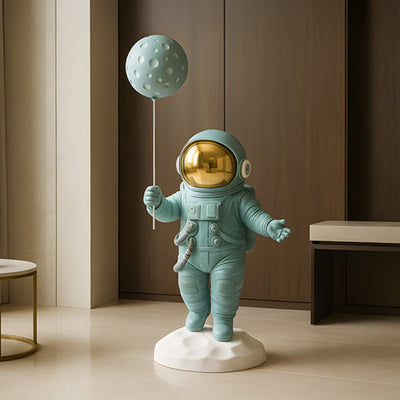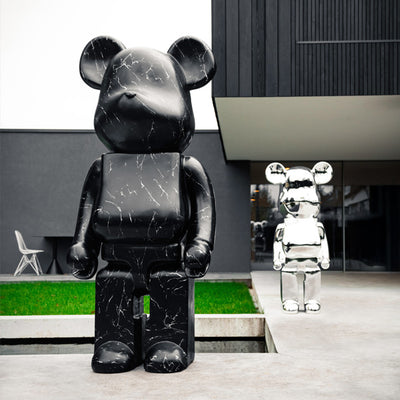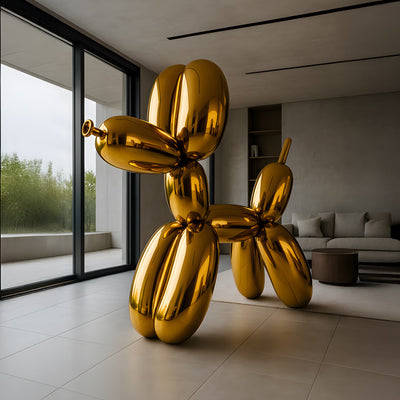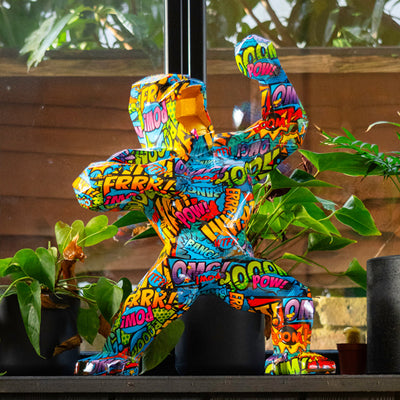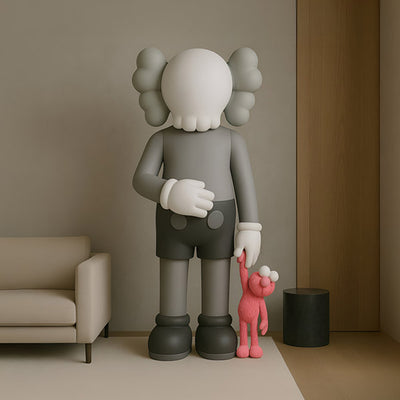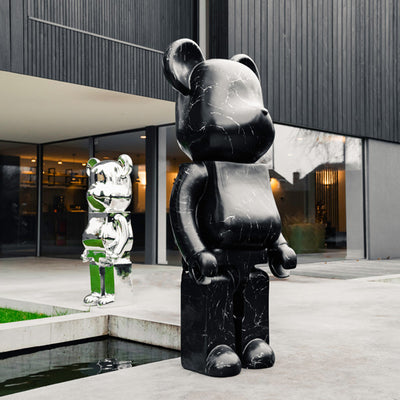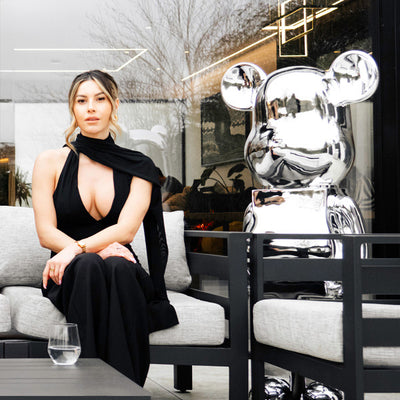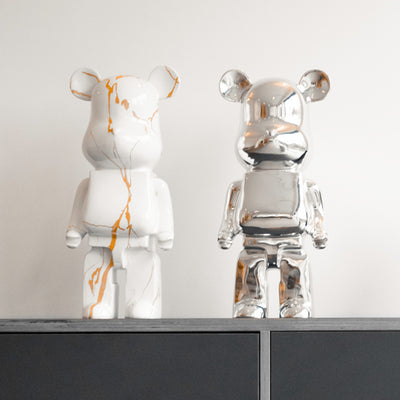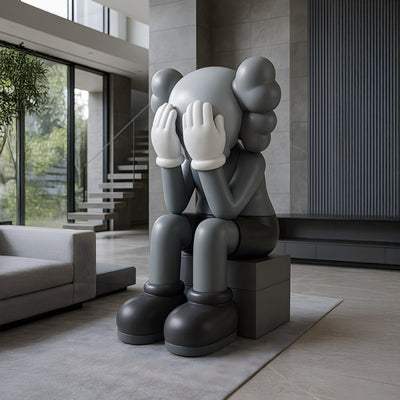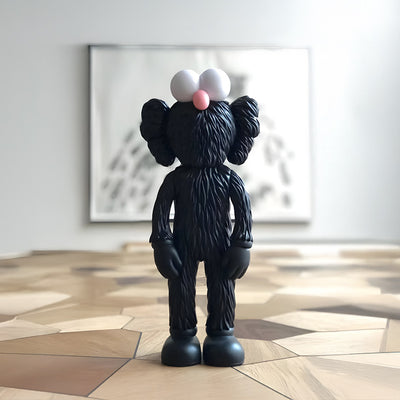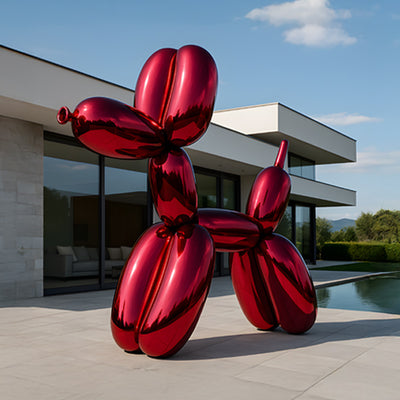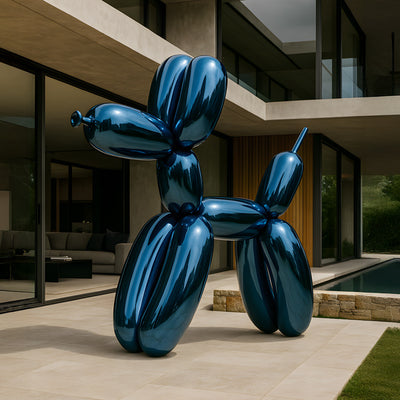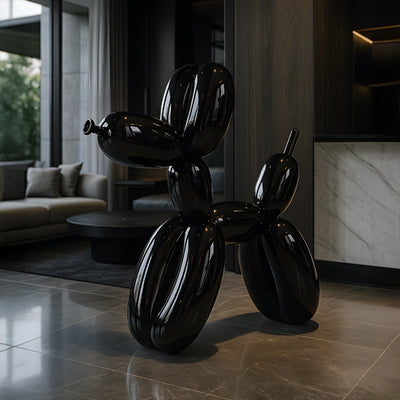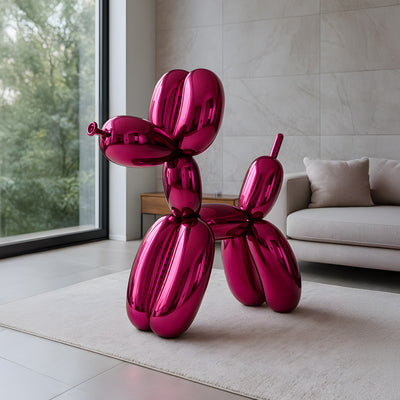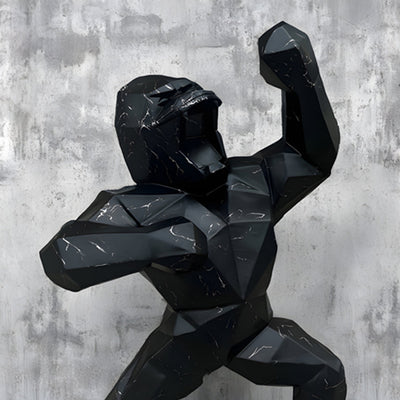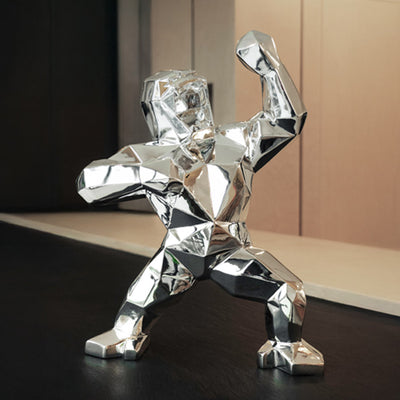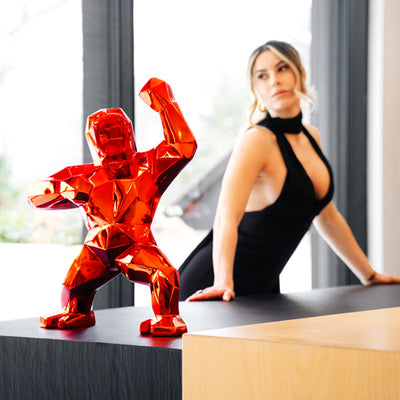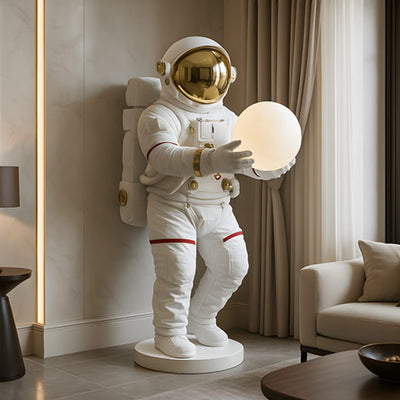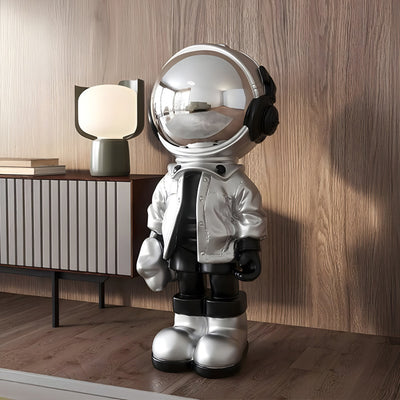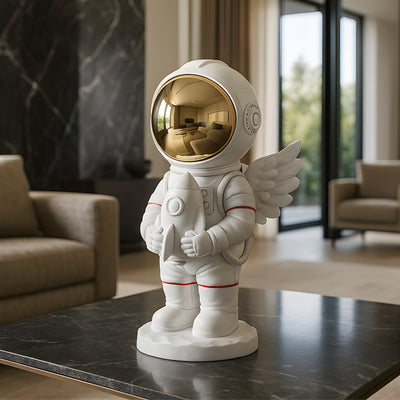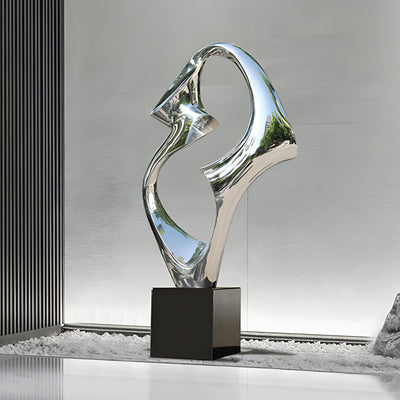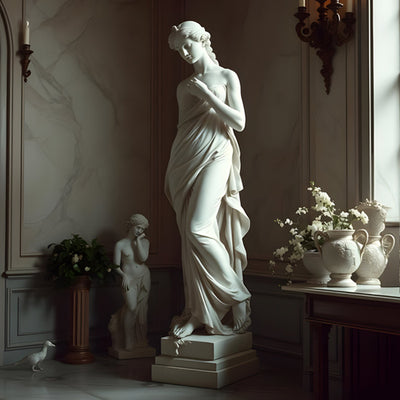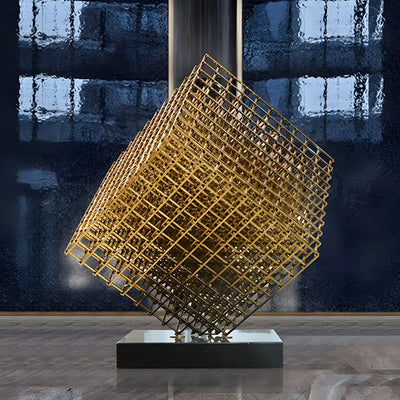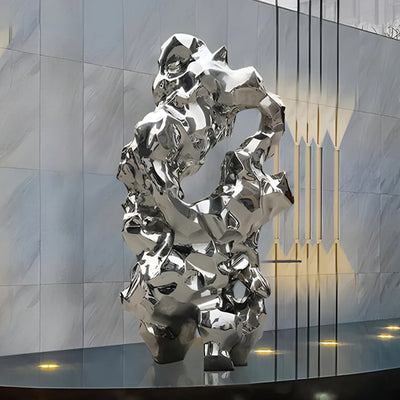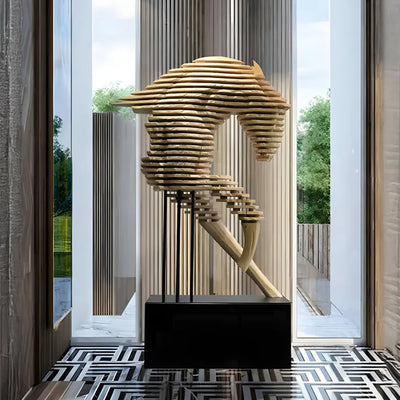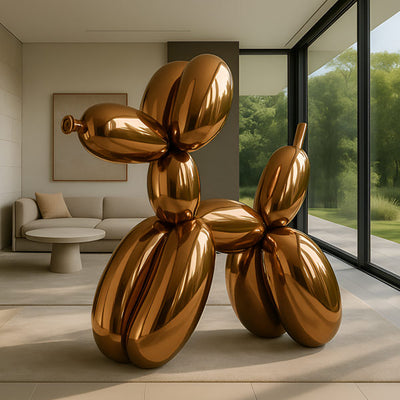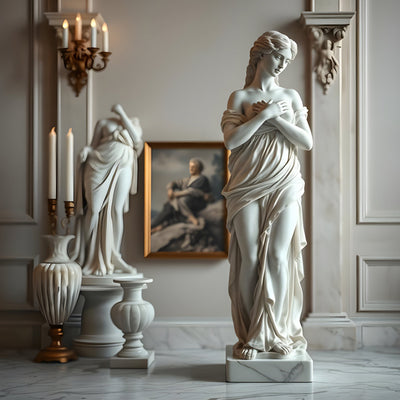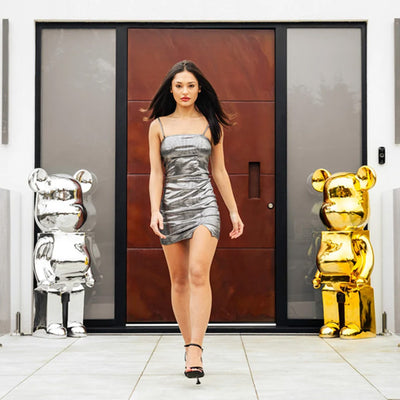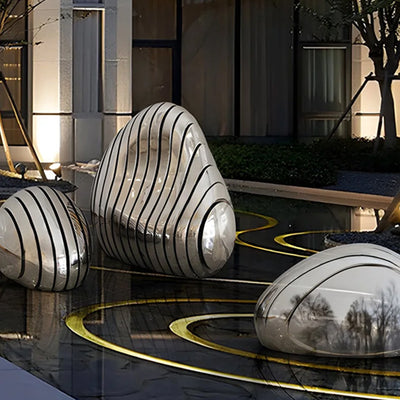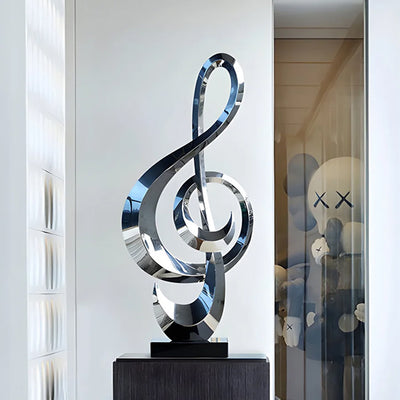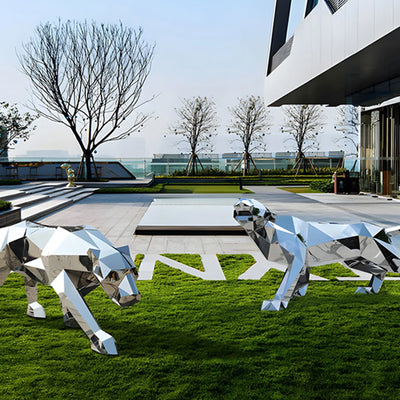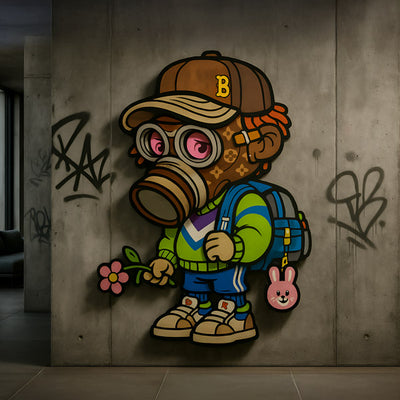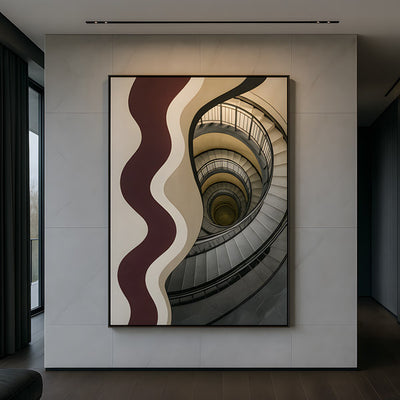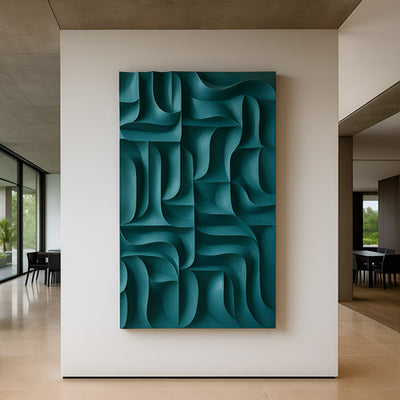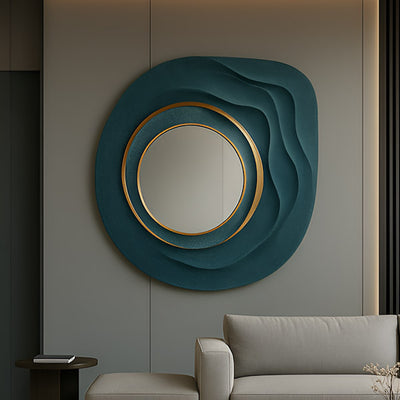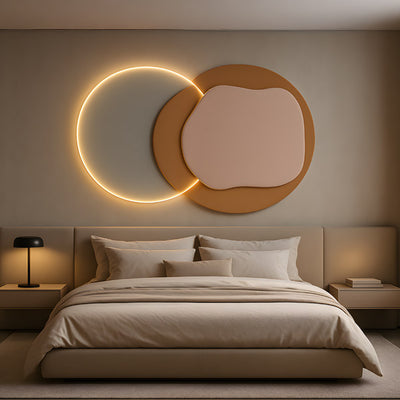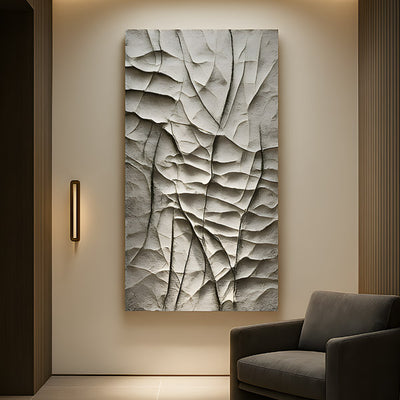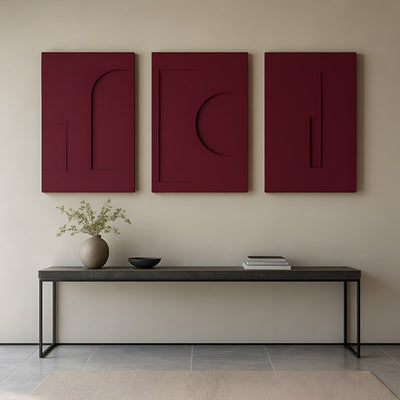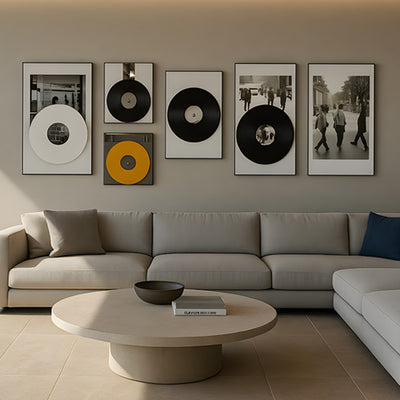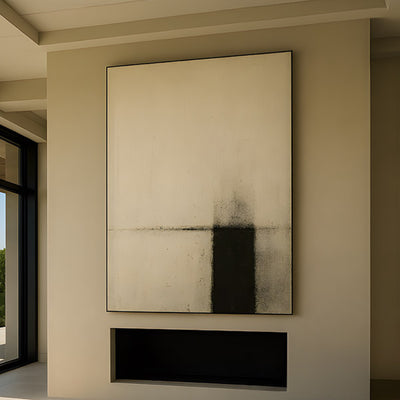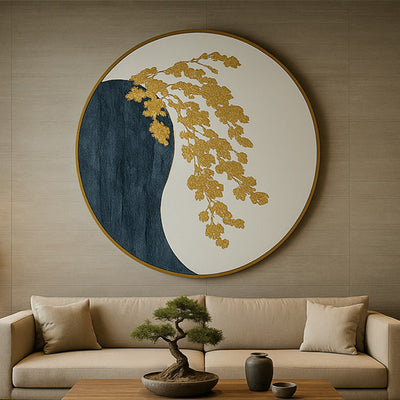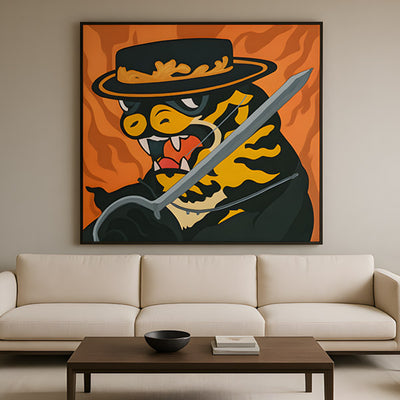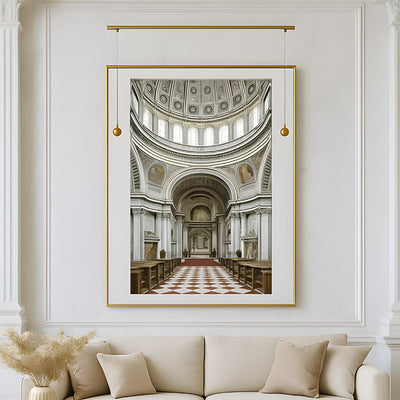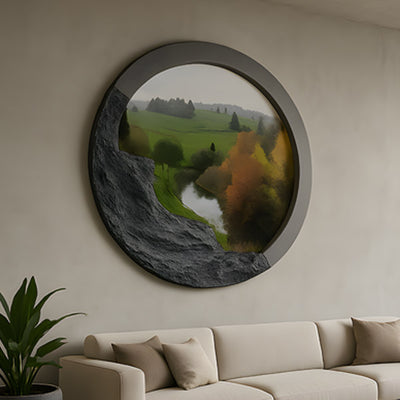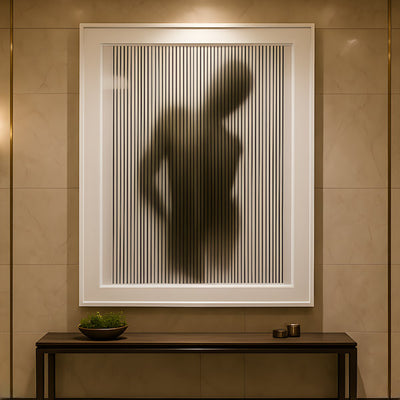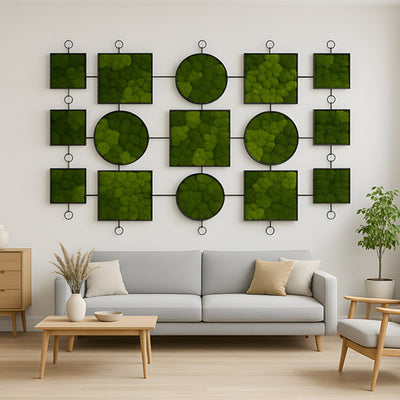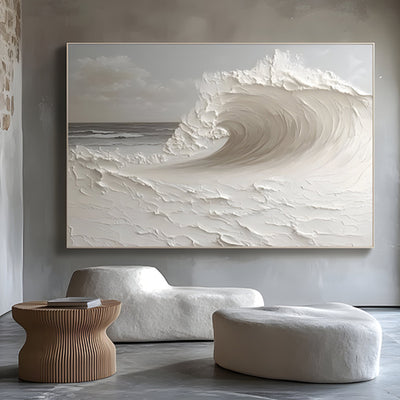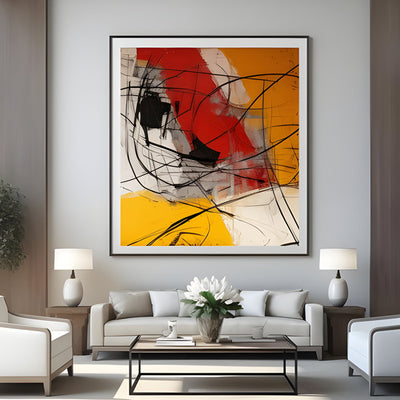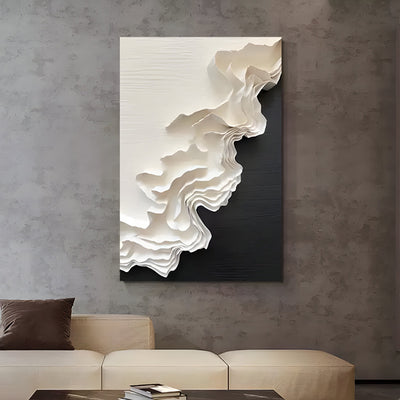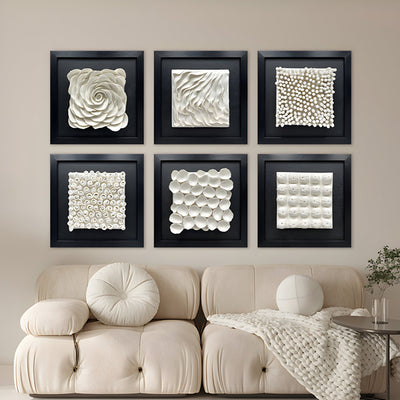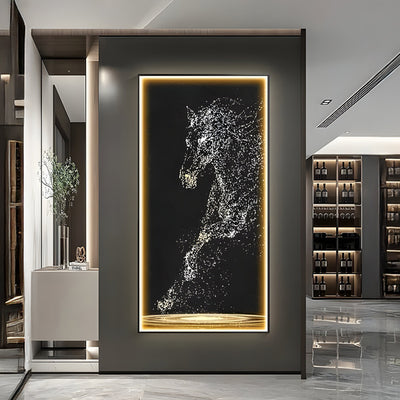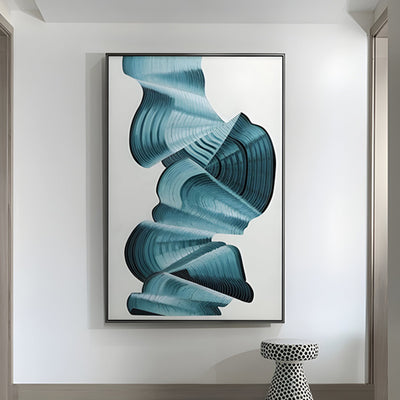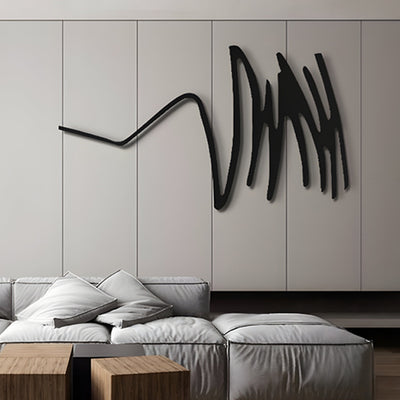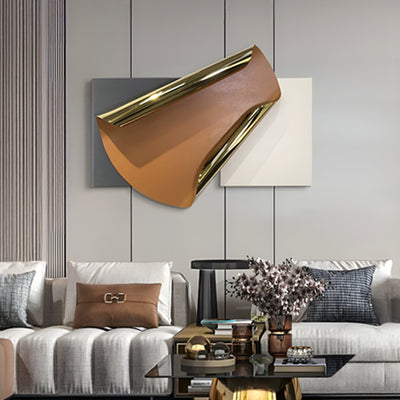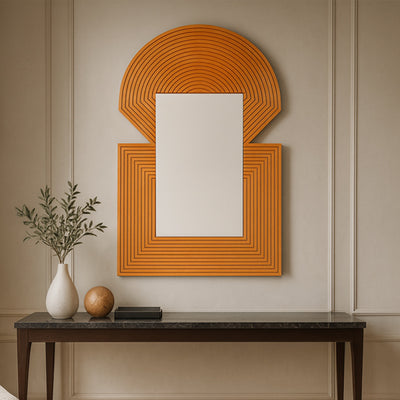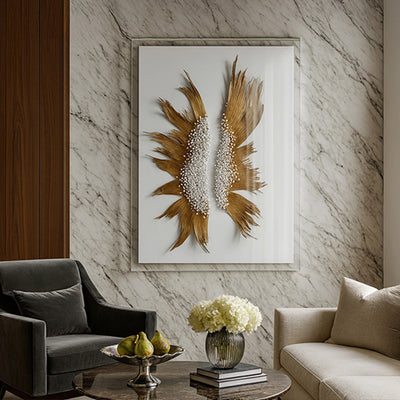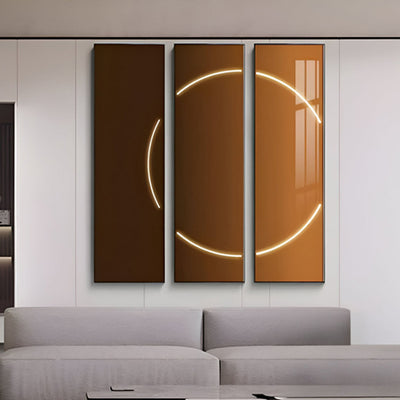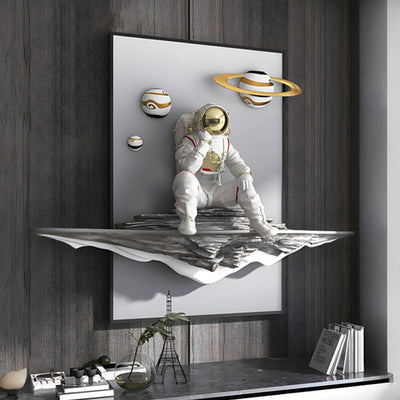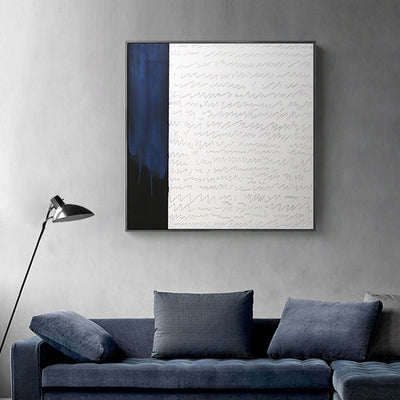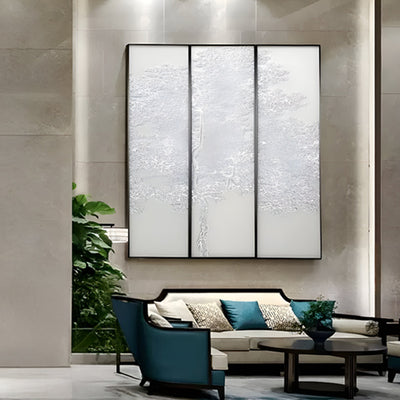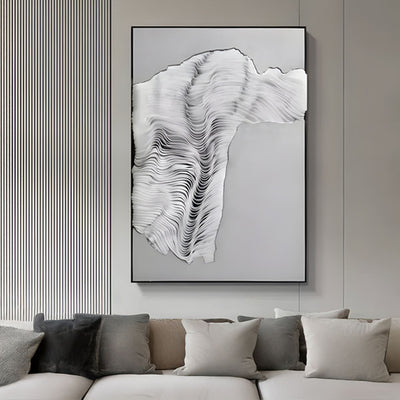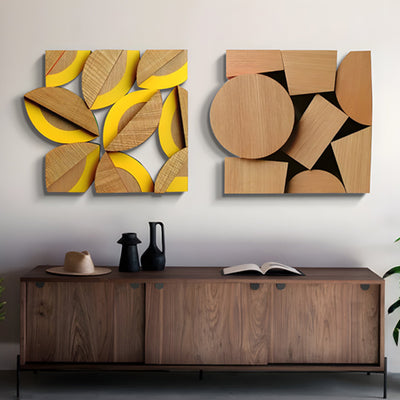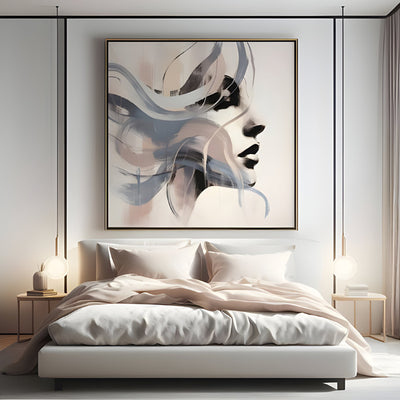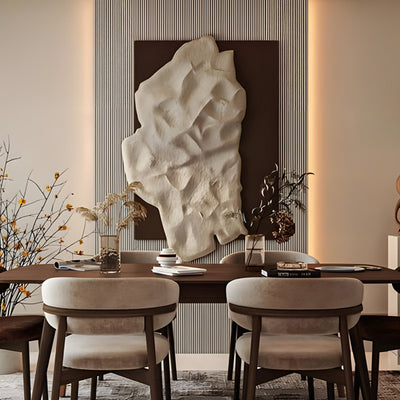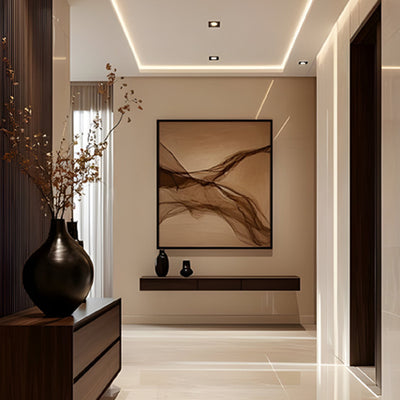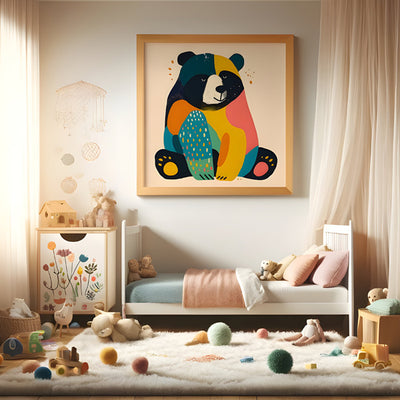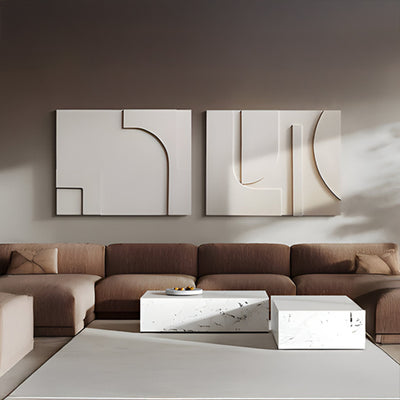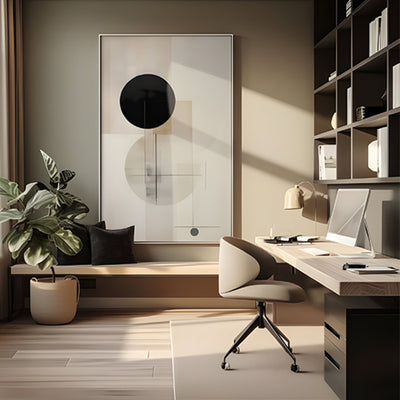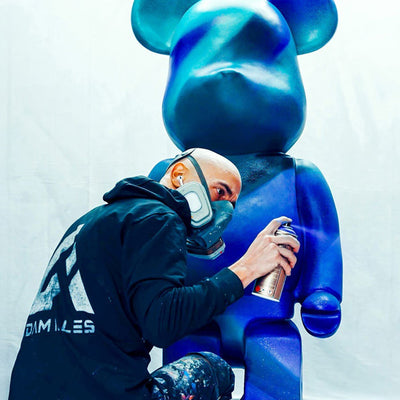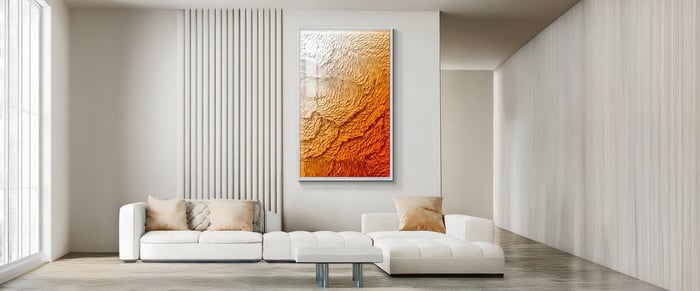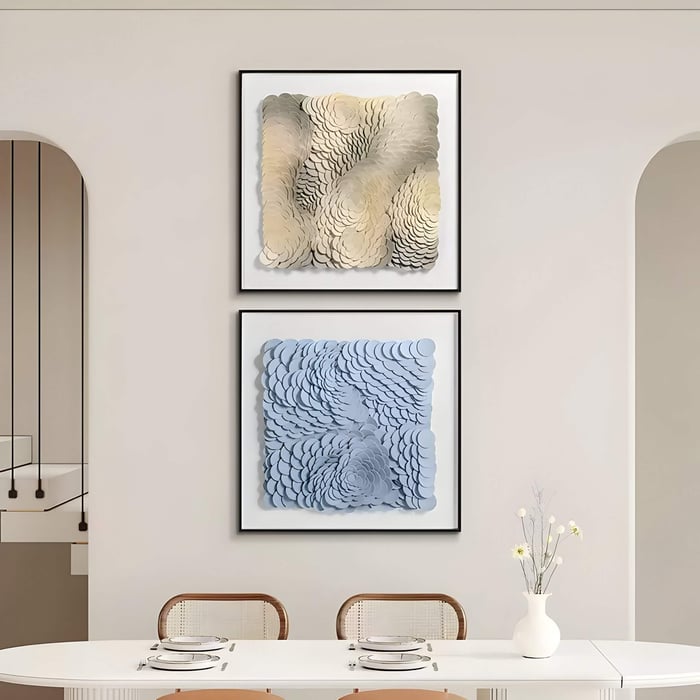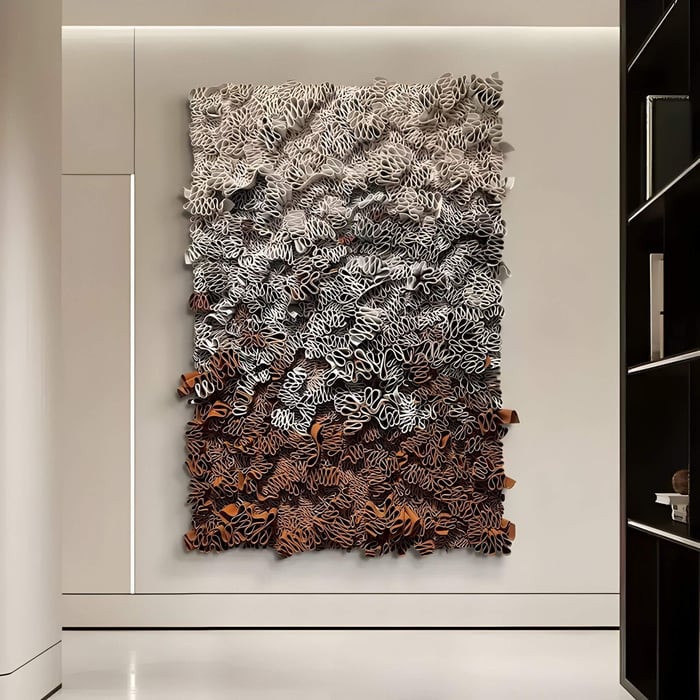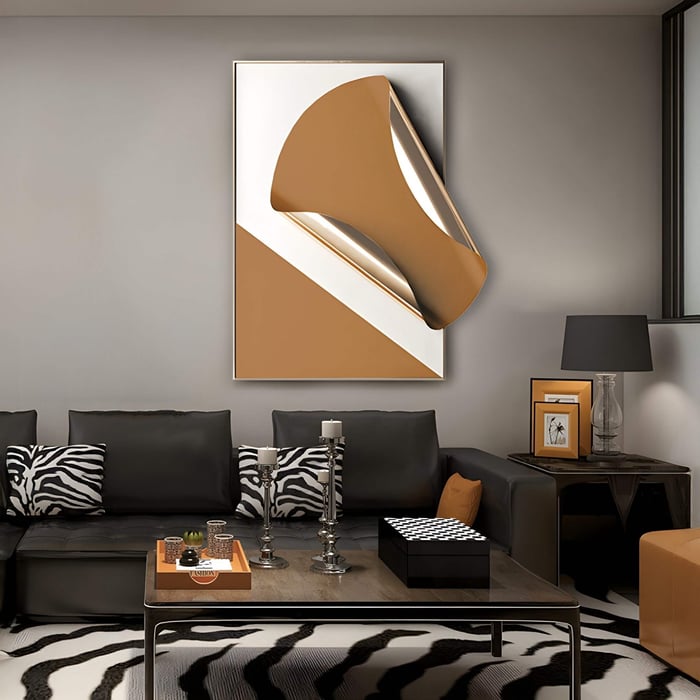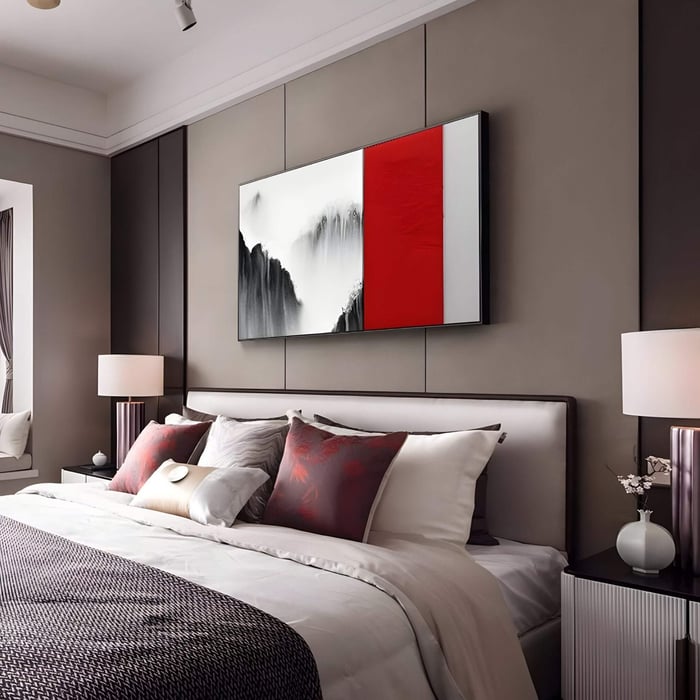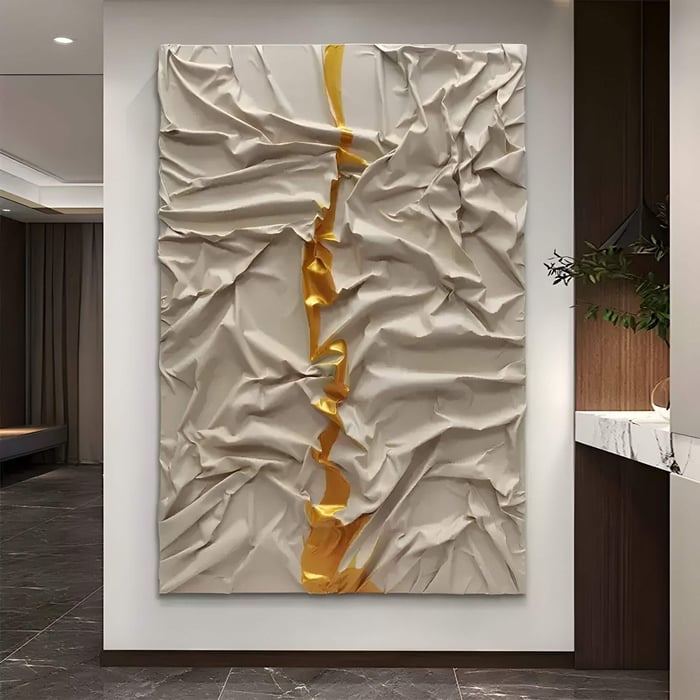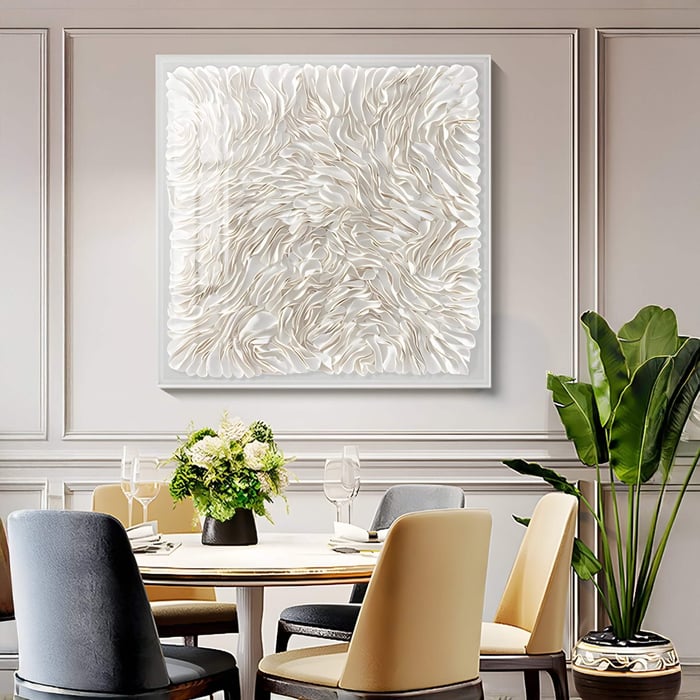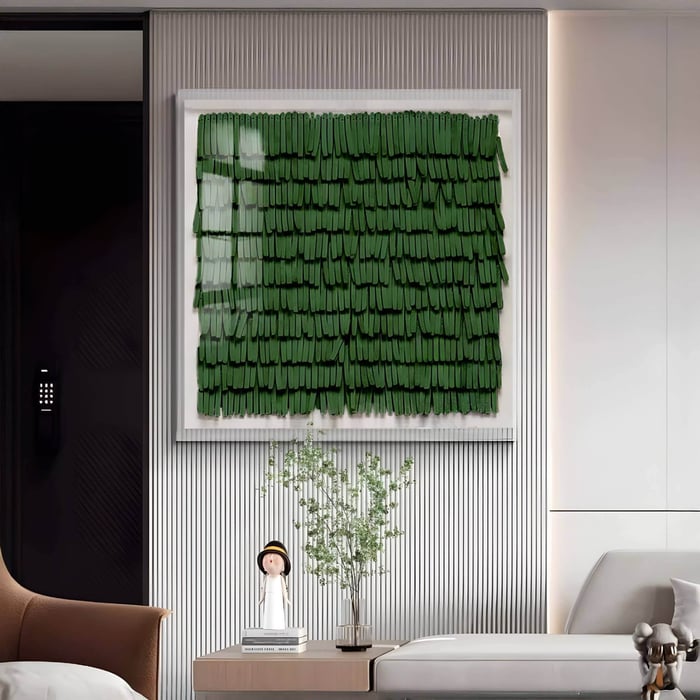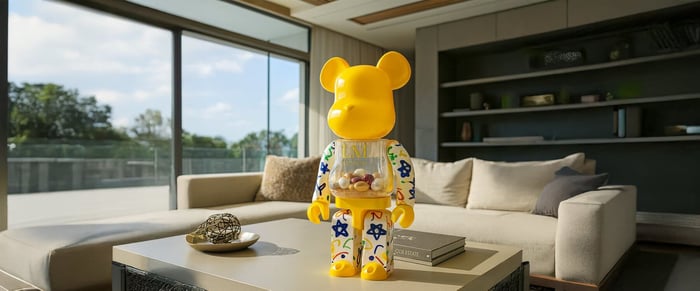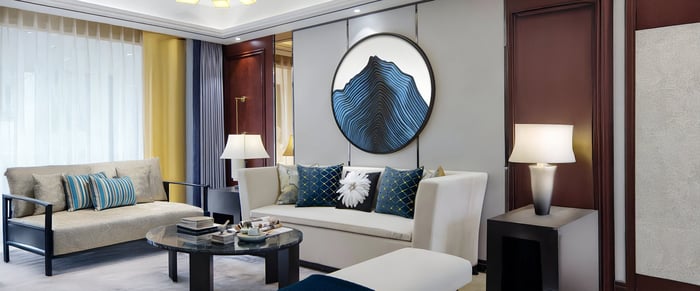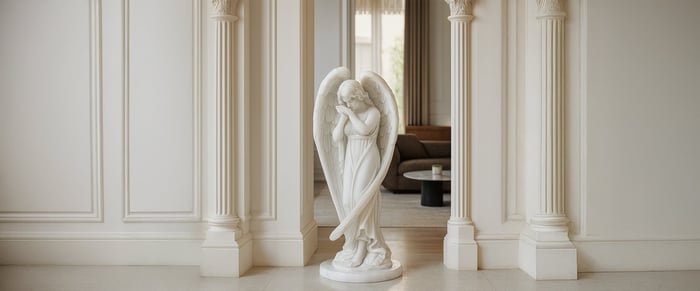Table of Contents
- Introduction - Why Placement Matters for Leather Art
- Placement Fundamentals: Rules That Apply Everywhere
- Living Room Placement: Creating a Focal Feature
- Bedroom Placement: Intimacy & Balance
- Hallways, Entrances & Transitional Spaces
- Dining Room & Accent Niches
- Unique Considerations for Leather Art
- Conclusion - Let the Walls Speak
- FAQs
Introduction - Why Placement Matters for Leather Art
A beautifully crafted piece of leather art can lose its impact if it’s hung in the wrong place. Unlike flat prints or canvas, leather wall art introduces texture, depth, and light play, all of which demand careful thought in positioning. A well-chosen panel can become a room’s anchor, but only if scale, lighting, and placement are handled with intention.
In this guide, we’ll explore leather art placement strategies room by room. You’ll learn where to hang leather wall art above sofas, beds, consoles, and in transitional spaces, as well as how to mount heavier panels safely. These ideas will help you showcase textured wall art with confidence while enhancing the balance and mood of your home.
Placement Fundamentals: Rules That Apply Everywhere
Some guidelines work universally, no matter the room:
Eye level rule: The centre of the artwork should sit around 57–60 inches from the floor. This is the average eye level for most viewers and ensures comfort.
Respect furniture: Leave 6–12 inches of space between the bottom of the leather panel and the top of furniture such as sofas, consoles, or headboards.
Scale & proportion: As a general rule, the width of the artwork should be about two-thirds of the width of the furniture beneath it. For example, a leather panel above a sofa should not extend too far beyond the sofa’s edges.
Spacing & breathing room: Leave margins around frames to avoid crowding. If creating a gallery wall, maintain consistent gaps (2–4 inches works well).
Avoid conflict zones: Keep leather art away from radiators, fireplaces, or direct sunlight, as heat and UV light can fade or damage the surface.
Following these fundamentals ensures your leather wall art integrates naturally into your décor rather than competing with it.
Living Room Placement: Creating a Focal Feature
The living room is often where statement art belongs. Leather panels, with their tactile finish, can act as conversation starters.
Above the sofa: Position the piece centrally, leaving around 8–10 inches of clearance from the sofa’s top. The artwork should measure about two-thirds of the sofa’s width for balance.
TV walls: Flank a TV with vertical leather wall panels or include one within a gallery wall to soften the technology with organic texture.
Accent walls: Place panels on side walls near seating zones to define areas for conversation.
Gallery walls: Combine leather pieces with other media (prints, photographs, or metal accents). Treat the entire group as one unit for alignment and spacing.
Open-plan living: Use leather art strategically along sightlines, helping connect the living area visually with adjacent dining or hallway spaces.
Here, leather art works as the anchor of your living room art scheme, tying together seating and décor elements.
Bedroom Placement: Intimacy & Balance
Bedrooms demand art that feels calm and personal. Leather works well here because its tactile nature adds warmth without overpowering.
Above the bed: A single leather panel or a triptych should be roughly two-thirds the width of the headboard. Leave 6–8 inches between the headboard top and the panel.
Opposite the bed: Position artwork where it’s immediately visible upon entering. Complementary pairs or a series of panels work well.
On adjacent walls: Symmetrical placement of two panels can bring visual harmony.
Lighting considerations: Avoid overly dim corners. While shadow can highlight leather’s texture, ensure detail remains visible.
Seating or dressers: Panels above benches or low chests can ground these areas and extend the room’s visual rhythm.
In the bedroom, leather wall art should create a restful but tactile backdrop, reinforcing intimacy.
Hallways, Entrances & Transitional Spaces
Narrow or high-traffic areas are often overlooked but perfect for hallway art. Leather’s natural tactility creates interest in spaces people pass daily.
Narrow corridors: Vertical or narrow panels elongate the wall visually.
Ends of hallways: A bold leather panel acts as a visual destination, drawing people forward.
Entryways: First impressions matter. A large leather piece in a foyer sets a welcoming, sophisticated tone.
Stairwells: Use staggered placement to echo the ascent, or run a vertical strip of panels.
Lighting: Transitional areas often lack natural light. Support textured wall art with directional lighting to highlight shadows and relief.
In these zones, leather art works as a wayfinding and mood-setting element, enriching circulation areas.
Dining Room & Accent Niches
Dining spaces thrive on ambience, and leather art’s earthy textures support that mood.
Above buffets or sideboards: Panels should echo the table’s proportions. Centring them visually grounds the space.
Feature walls: Behind seating or in alcoves, leather wall panels create warmth and conversation-worthy texture.
Coordination with finishes: Link leather tones with wood tables, upholstered chairs, or wall treatments.
Smaller niches: Compact panels tucked into alcoves or niches add depth without overwhelming the space.
Leather’s organic surface enhances the dining room art scheme, creating harmony between table, chairs, and backdrop.
Unique Considerations for Leather Art
Leather brings traits that other wall art doesn’t:
Texture & relief: Embossed or layered surfaces cast shadows. Adjust mounting height and distance from light sources accordingly.
Weight & mounting: Heavy or thick panels often need reinforced anchors such as French cleats or hidden brackets.
Heat & moisture: Avoid kitchens or bathrooms unless ventilation is excellent. Excess heat or steam can damage panels.
Light exposure: Leather fades under prolonged UV. Protect with UV-filtering glass or avoid direct sunlight.
Wall strength: Always check whether your wall is drywall or masonry. Use the correct fixings for stability.
These practical points ensure mounting leather wall panels is safe and long-lasting.
Conclusion - Let the Walls Speak
When it comes to where to hang leather wall art, placement is as important as the piece itself. From leather panels above sofas to dramatic hallway displays, thoughtful positioning enhances both texture and ambience.
Take time to measure, mock up, and test lighting before committing to a spot. By following these guidelines, you’ll ensure your leather artwork becomes a seamless part of your décor.
Ready to style your home? Explore curated collections at Giant Sculptures and let your walls speak through the timeless appeal of leather.
FAQs
What height is best for leather wall art above furniture?
Leave 6–12 inches above the top of furniture; keep artwork centre at eye level (~57–60 inches).
Can leather art be hung in bathrooms or kitchens?
Not recommended, as heat and moisture can damage leather surfaces over time.
How far from the wall should sculptural leather panels protrude?
Most panels sit flush, but allow up to 2–3 inches if textured. Ensure clearance from adjacent furniture.
Is it safe to hang heavy leather panels on drywall?
Yes, but only with reinforced anchors or French cleats. Masonry walls provide better long-term support.
